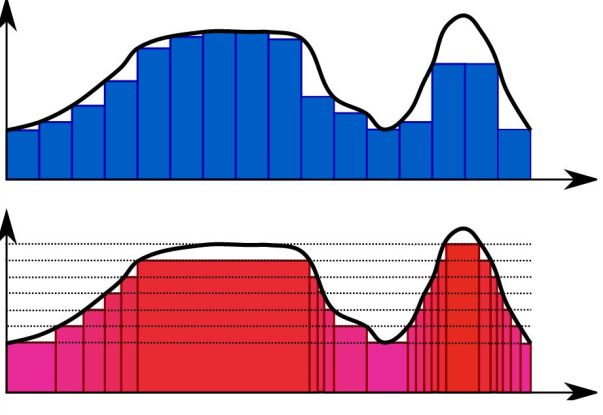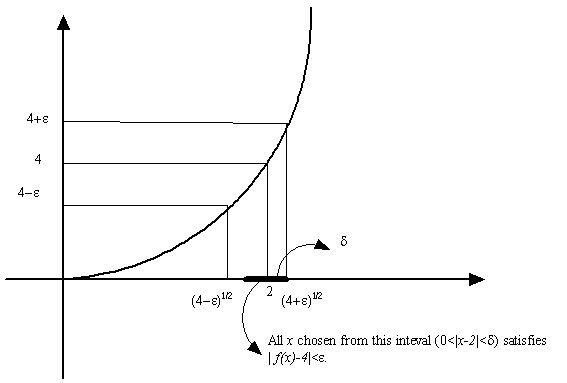|



| (1) |
The advantage of this definition is that it does not require any intuition of how big or how small ϵ or δ should be.To each ϵ > 0, there exists a δ > 0 such that |f(x) − a| < ϵ whenever 0 < |x − x0| < δ.
|
 In engineer's language, it suffices to say that limx→x0f(x) = a means that f(x) can be arbitrarily close to a when
x is sufficiently close to x0 (Note: x does not have to be
equal to x0).
In engineer's language, it suffices to say that limx→x0f(x) = a means that f(x) can be arbitrarily close to a when
x is sufficiently close to x0 (Note: x does not have to be
equal to x0).
|
|
| (2) |
|
|
| (4) |
|


